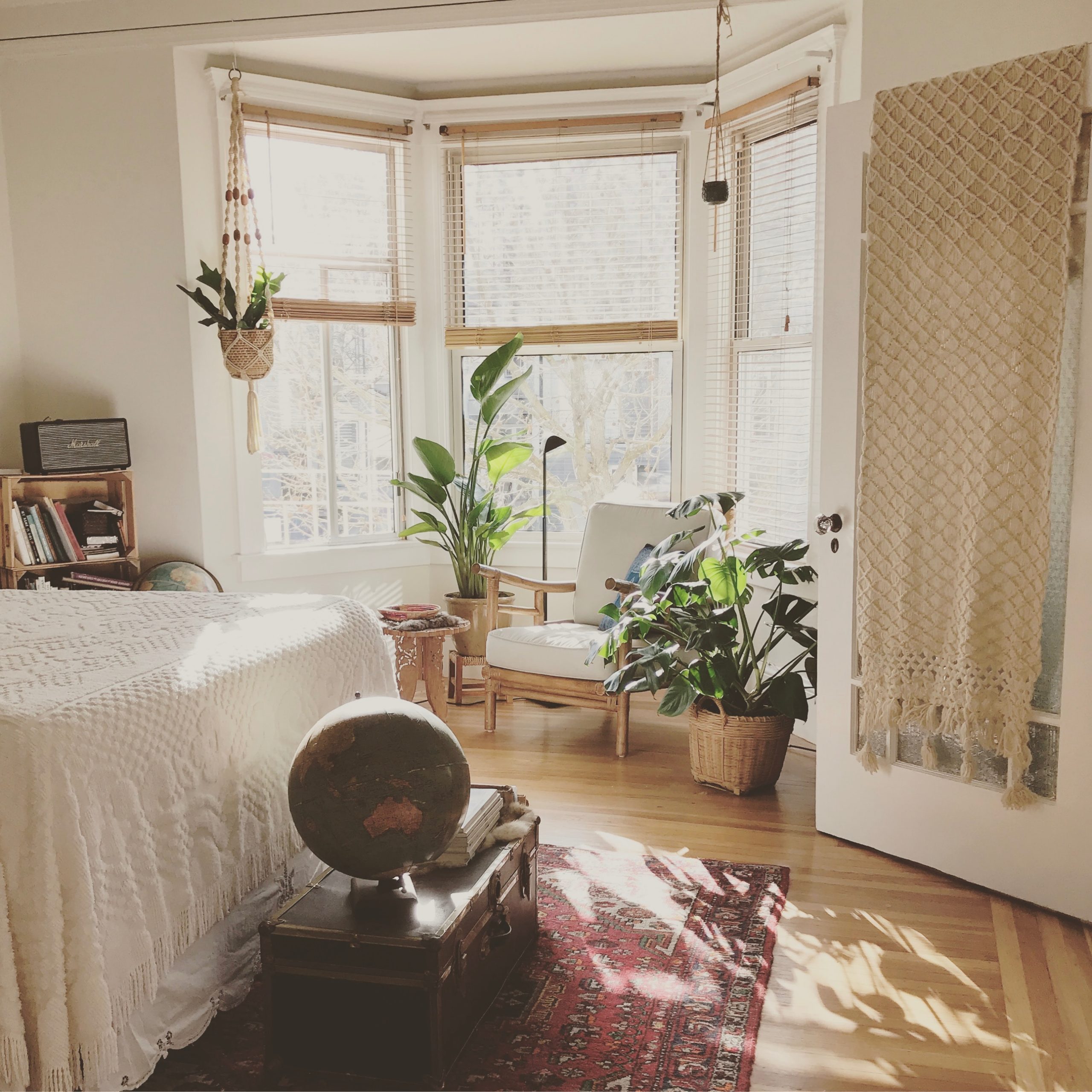By Ingrid Reumert
Despite a lot of focus on climate change recently, the impact of one ‘hidden climate’ on people’s lives often goes unnoticed – the indoor climate. And the indoor climates in the buildings that we normally feel most comfortable in – our homes – are much worse than we are aware of.
Safe and sound at home?
Our homes are traditionally seen as places where we recharge our batteries. They are where we seek shelter and refuge from the hustle and bustle that we often experience in our everyday lives when away from them. As we wind down at the end of a busy day in the comfort of our homes, we take it for granted that we can relax, knowing that our health is not at risk when inside.
However, there’s increasing evidence that although we might arrive home safe and sound, the time we spend at home might not be safe and sound after all.
As ‘safe as houses’?
The saying ‘it’s safe as houses’, which is used to describe things as being completely safe, cannot be used about many homes in Europe. We know from our Healthy Homes Barometers, an annual research-based report designed to take stock of Europe’s buildings, that one out of six Europeans lives in unhealthy homes. For children in Europe, it’s worse, with one out of three being exposed to health risks in their homes. And the health risks are not just isolated to our homes. The same also goes for the environments inside buildings where we work and learn.
Furthermore, we know that people spend 90 percent of their time indoors, where the air can be up to five times more polluted than outside. The potential risks to people’s health and wider society are not insignificant, with poor indoor climates directly leading to conditions such as asthma or allergies, due to dampness and mould.
Ongoing dialogue and modified solutions
For years we have been using such well-documented research to engage in dialogues with legislators, housing professionals, building owners and industry representatives to push for steps to make buildings healthier. In recent years, we have also modified our solutions, which bring daylight and fresh air through roofs, to be more automated and also compatible with digital technologies and the internet of things, and thereby make creating healthy indoor climates hassle-free.
Using SDGs to push harder for healthier indoor climates
At VELUX Group, it is our strong belief that if indoor climates are not good for our health, then we’ll see problems for individuals and for society. Now, with the help of the United Nations Sustainable Development Goals, we have an extra toolbox to support our efforts to address this.
We believe that by embracing this common global language of SDGs, we can leverage our efforts to make buildings healthier.
More specifically, we use three SDG goals to help people see the world through a different lens and to reveal the possible negative effects on their health from the ‘hidden climate’ – the indoor climate. We do this by showing how good indoor climates and healthy buildings can safeguard good health and well-being (SDG 3) and also how this can contribute to more sustainable cities and communities (SDG 11), with the help of partnerships for the goals (SDG 17).
Revealing what’s right under our noses for a more sustainable future
With much of the current climate change and sustainability focus on natural renewable energy sources or companies’ steps to reduce their carbon footprints, the climates inside our homes and other buildings, and their potential negative effects on our health and well-being continue to be ignored. That’s why the VELUX Group will persist with research and activities to boost indoor climate awareness and continually improve our products, to address what’s right under our noses but often overlooked – the indoor or hidden climate. By improving indoor climates to help make buildings healthier, we are confident that we will contribute to a more sustainable future.
About the Author
Ingrid Reumert – VP, Global Stakeholder Communications & Sustainability at VELUX Group
Photo by Timothy Buck on Unsplash
